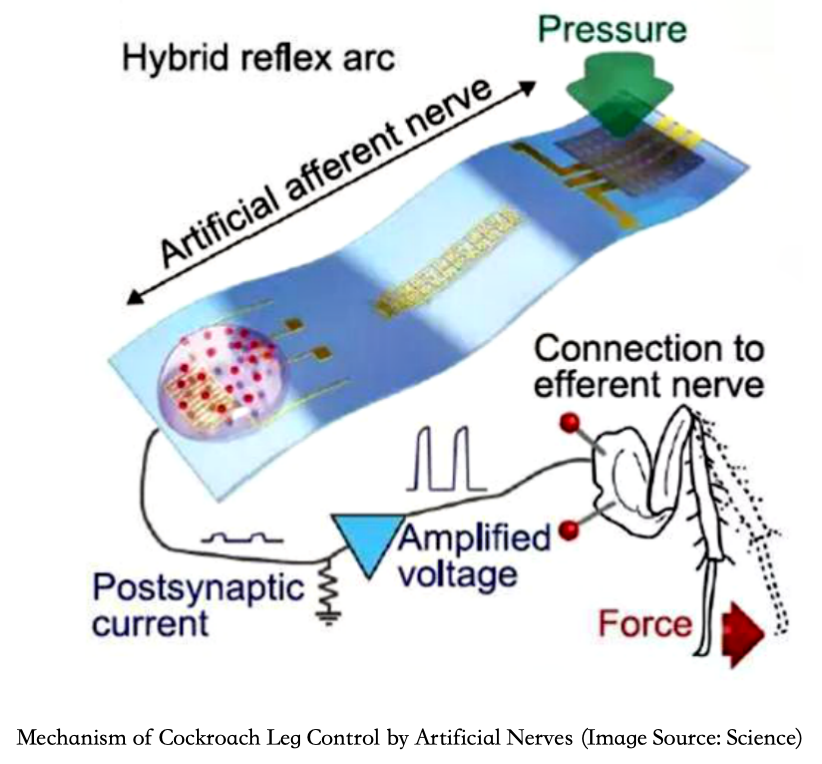


Compared to traditional rigid electronic devices, flexible electronics have introduced a revolutionary transformation. This technology enables electronic components to be lightweight, soft, and even stretchable, resembling materials like paper or smartphone films. Among the various applications of flexible electronics, electronic skin (e-skin) stands out as a particularly promising development.
Electronic skin is a type of electronic device fabricated using flexible electronics, designed to mimic human skin. It not only requires the softness of biological skin but also must possess tactile sensing capabilities. Beyond merely replicating human skin functions, electronic skin can surpass biological skin by helping humans acquire physical and chemical signals from the environment and the human body, thereby enhancing interaction with surroundings and oneself.
As the largest organ in the human body, skin serves as the primary carrier of tactile sensation. Our ability to perceive the hardness of an object arises from pressure receptors in the skin, which differentiate softness and hardness based on the force applied during contact. Similarly, electronic skin, equipped with pressure sensors, can detect the hardness of objects. The piezoresistive pressure sensor is the simplest and most commonly used method to achieve this function, as it leverages changes in electrical resistance caused by the deformation of conductive materials.
Flexible pressure sensors not only detect pressure but can also perceive the shape of objects. Researchers at the Massachusetts Institute of Technology (MIT) have developed a low-cost, stretchable tactile glove embedded with 548 piezoresistive pressure sensors. This glove can meticulously record pressure values detected by each sensor. By analyzing this data, a deep learning network was trained to recognize and identify different objects.
Through flexible electronics, electronic skin can be developed by integrating stretchable pressure sensors, temperature sensors, and other components, enabling it to perceive touch. One of the most direct applications of electronic skin is in intelligent robotics. Robots equipped with tactile perception can more accurately interpret pressure signals from their surroundings, allowing for more precise, diverse, and efficient actions. For instance, current robots struggle with gripping and handling small or soft objects, but electronic skin's refined mechanical feedback can help overcome this challenge.
Although sensors can achieve object perception, effectively converting sensor signals into neural electrical signals that the brain can interpret remains a significant challenge. Scientists have developed artificial afferent nerves through biomimetic technology. These artificial afferent nerves consist of piezoresistive pressure sensors, organic ring oscillators, and synaptic transistors. The pressure sensors detect pressure information, the ring oscillators convert pressure signals into voltage pulses, and the synaptic transistors integrate and transform these pulse signals into postsynaptic currents. These signals then interface with biological efferent nerves, forming a complete single-synapse reflex arc.
Scientists have successfully connected artificial afferent nerves to the efferent nerves of cockroach legs. By applying pressure through the pressure sensor, they were able to control the movement of cockroach legs. This experiment demonstrated the potential of artificial nerves in biological applications. Furthermore, brain-computer interface (BCI) technology allows for stimulating specific brain regions and cells with encoded signals, enabling tactile experiences. Although our understanding of neural encoding for perception remains limited and BCI technology still requires breakthroughs, this development paves the way for future tactile signal conversion.

Beyond establishing tactile systems, flexible electronics can endow various sensors with skin-like properties such as softness, stretchability, and self-healing capabilities. These sensors can be worn on the skin or embedded in clothing, enabling real-time environmental and physiological monitoring. Additionally, electronic skin can leverage other physical and chemical principles to detect ultraviolet (UV) radiation intensity, humidity, magnetic fields, object proximity, and even non-invasively monitor physiological indicators such as blood glucose levels in bodily fluids. It can also collect electroencephalogram (EEG), electromyogram (EMG), and electrocardiogram (ECG) data. These applications highlight the vast potential of flexible electronics across multiple fields.